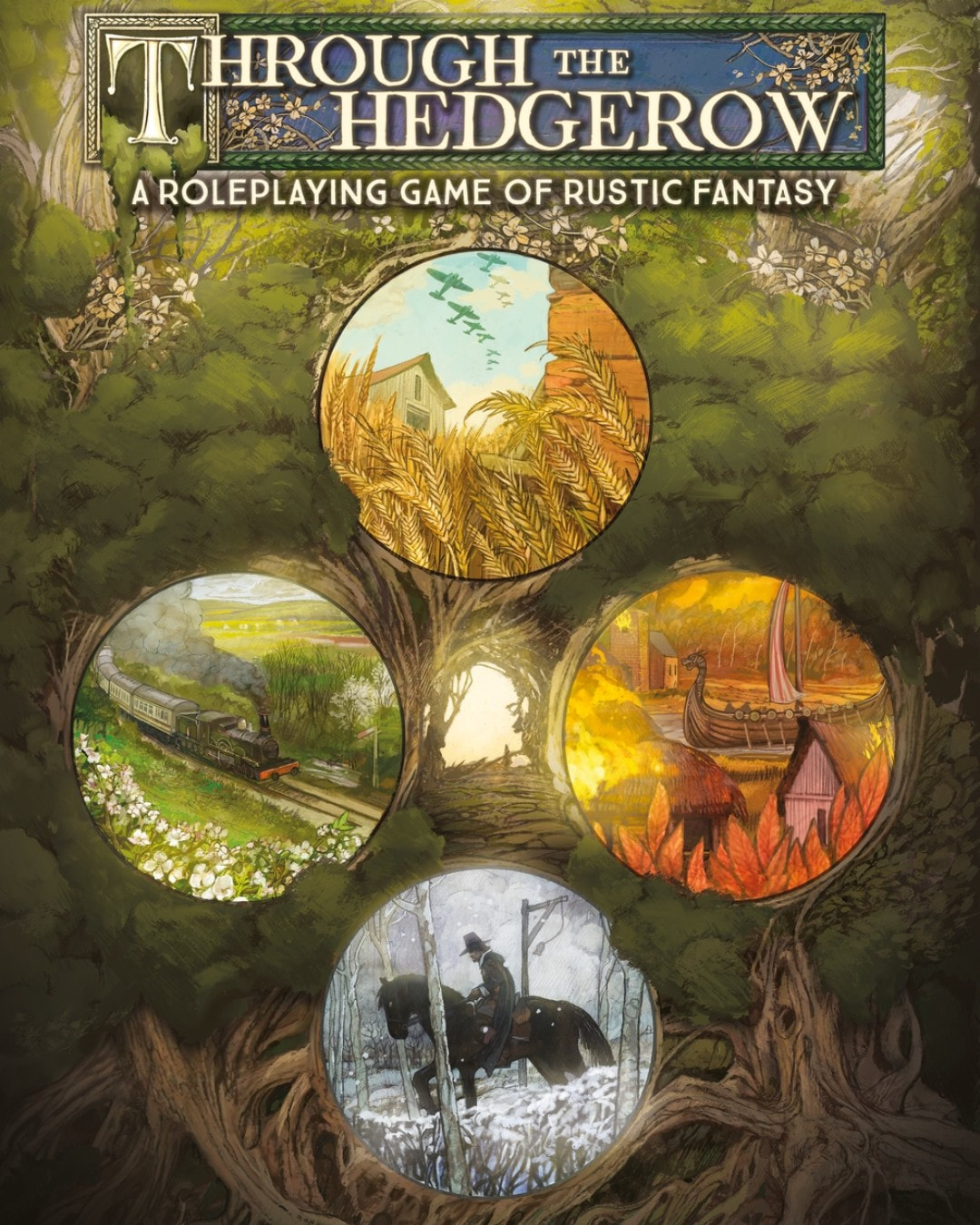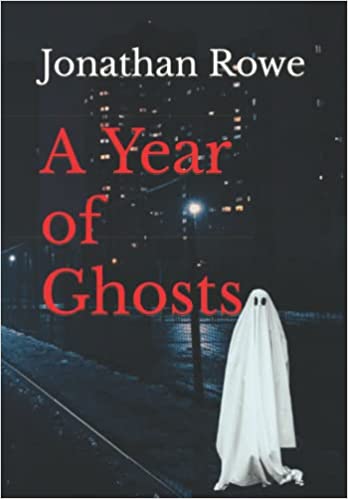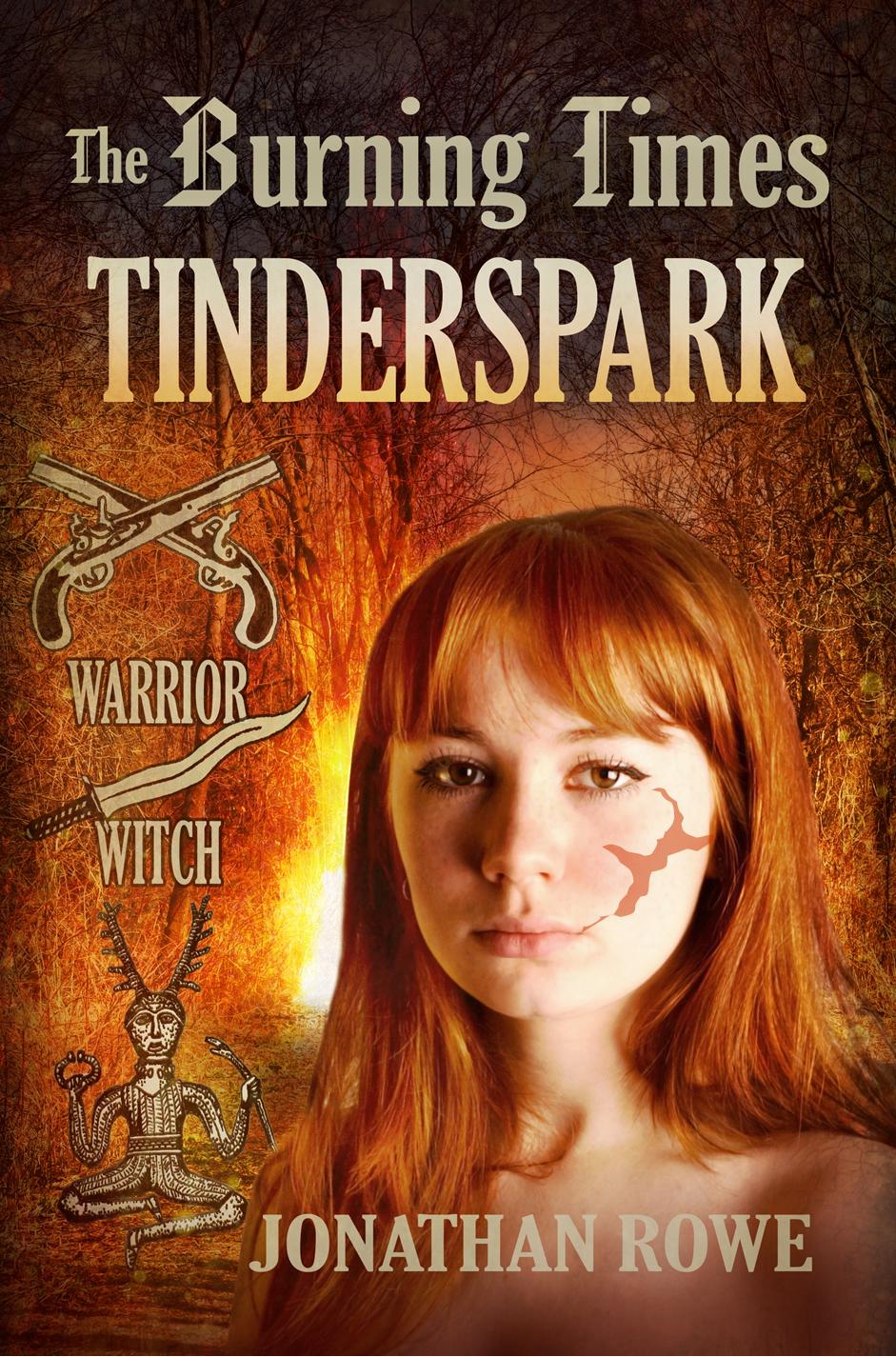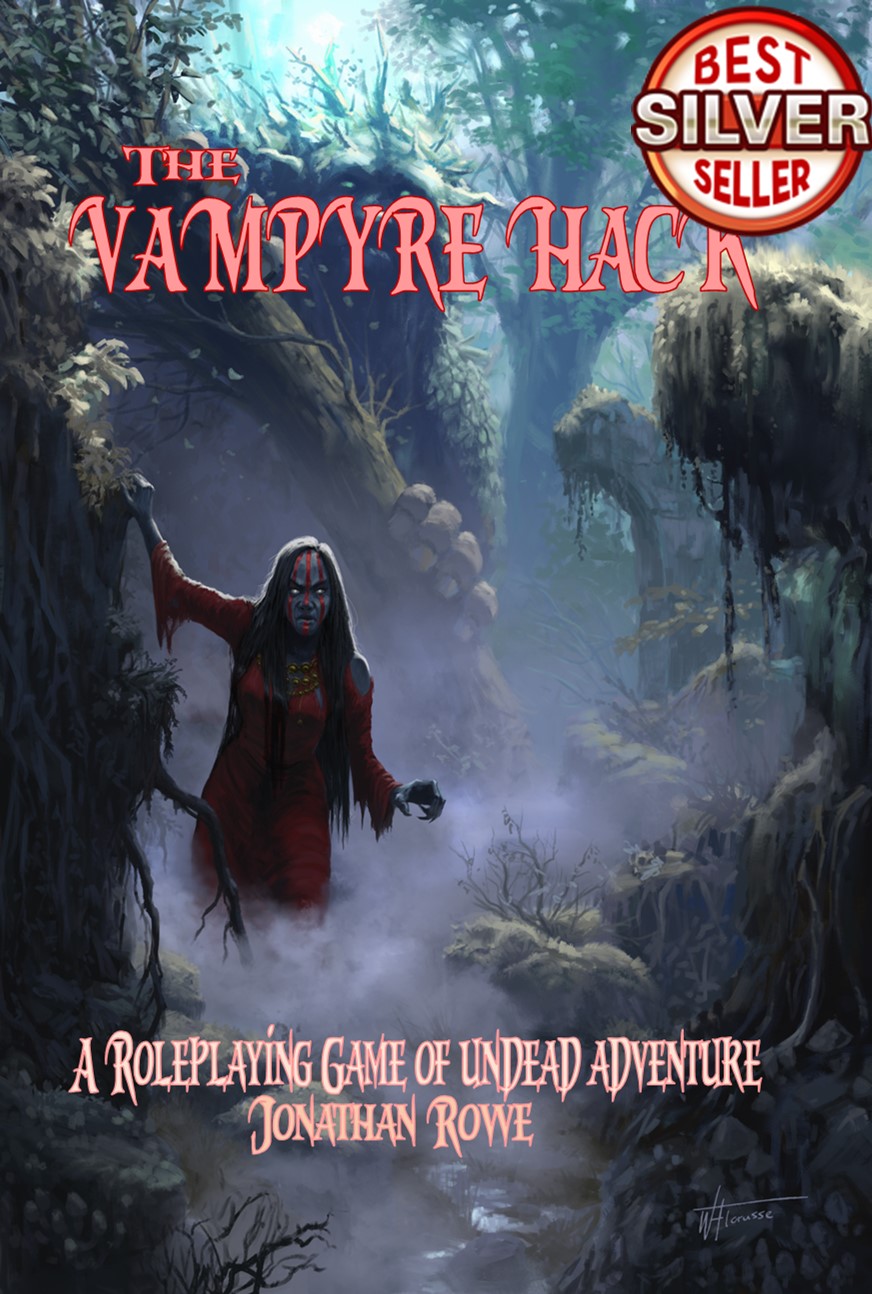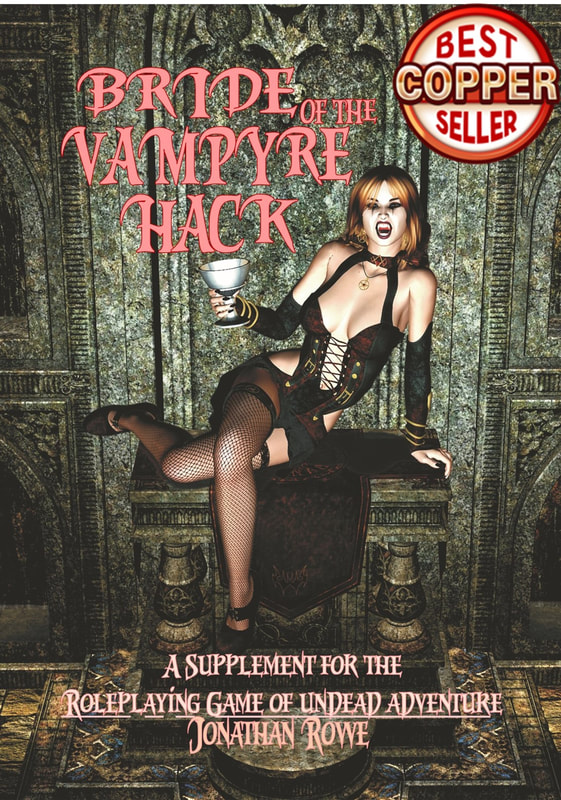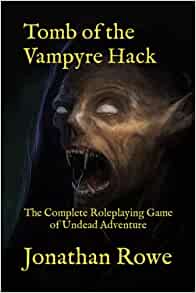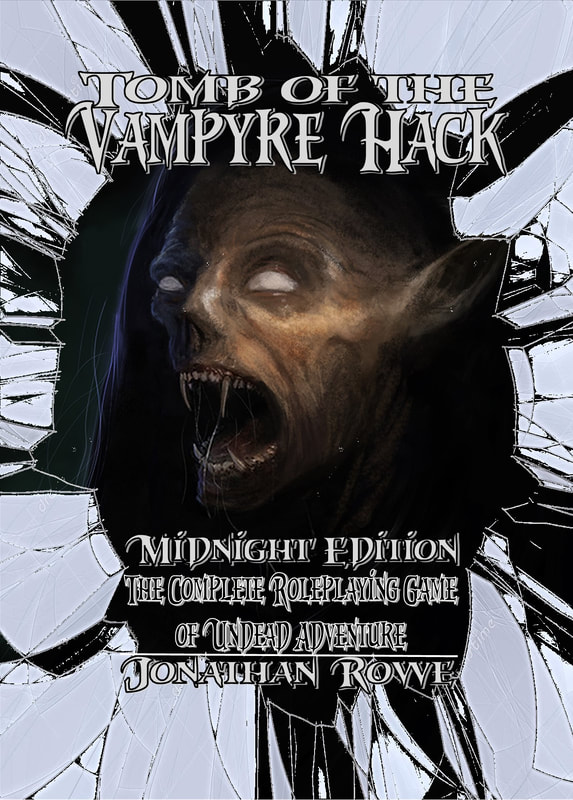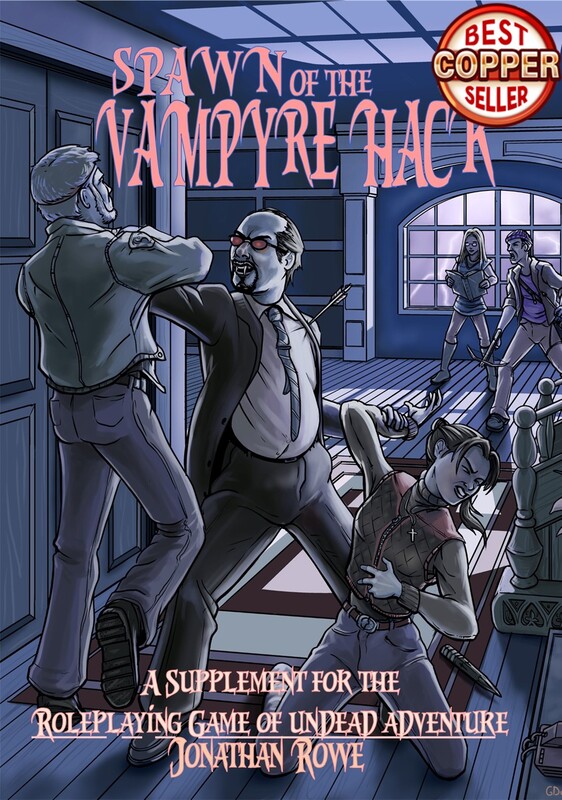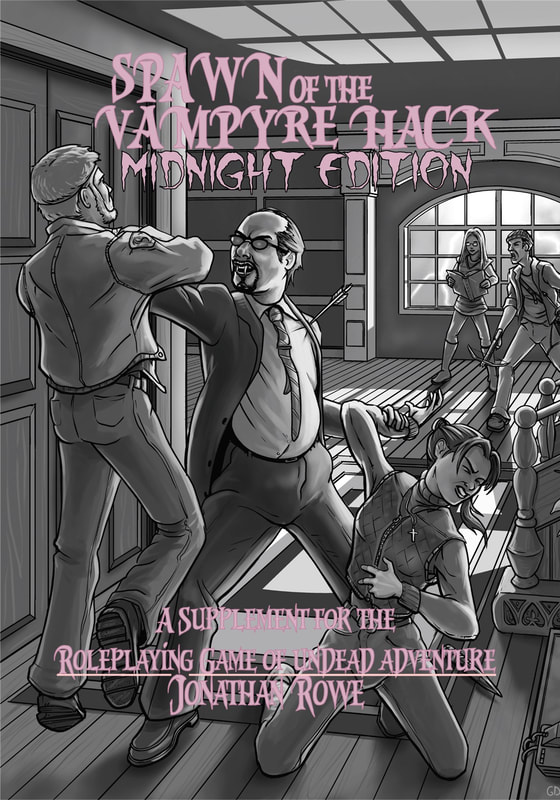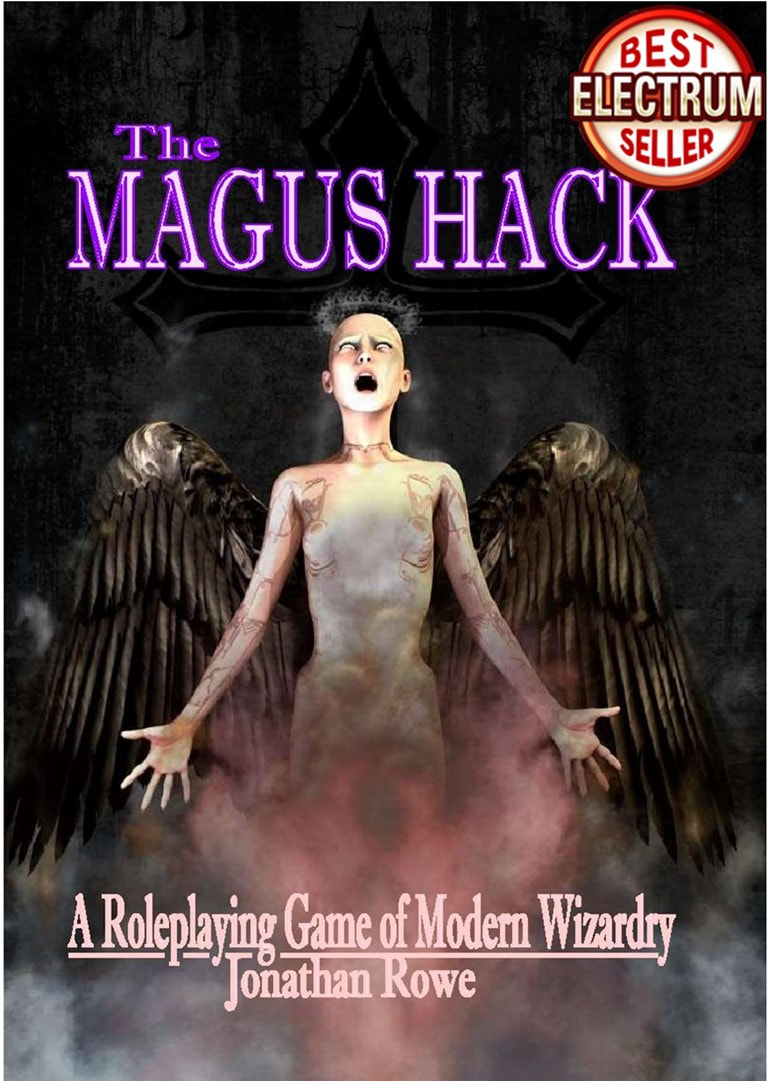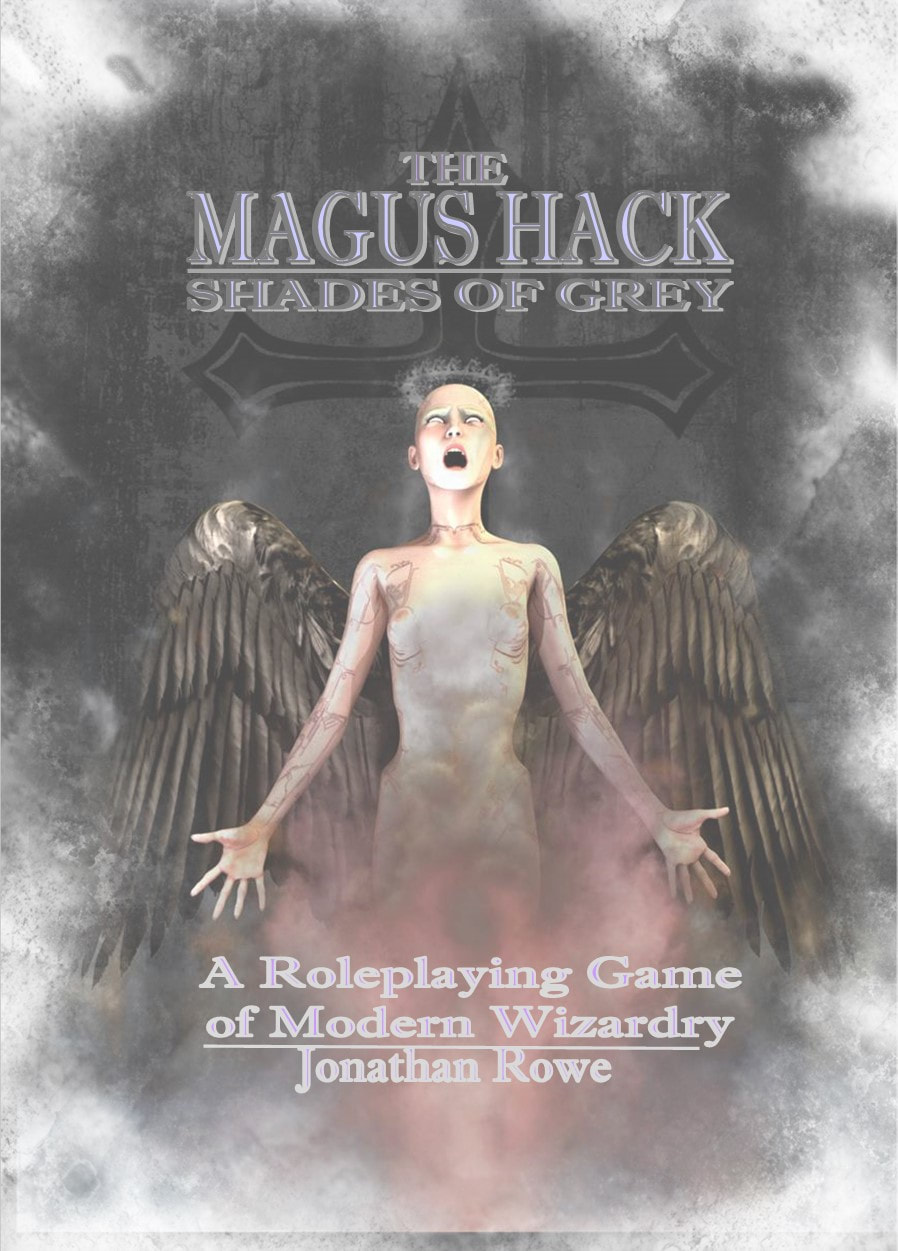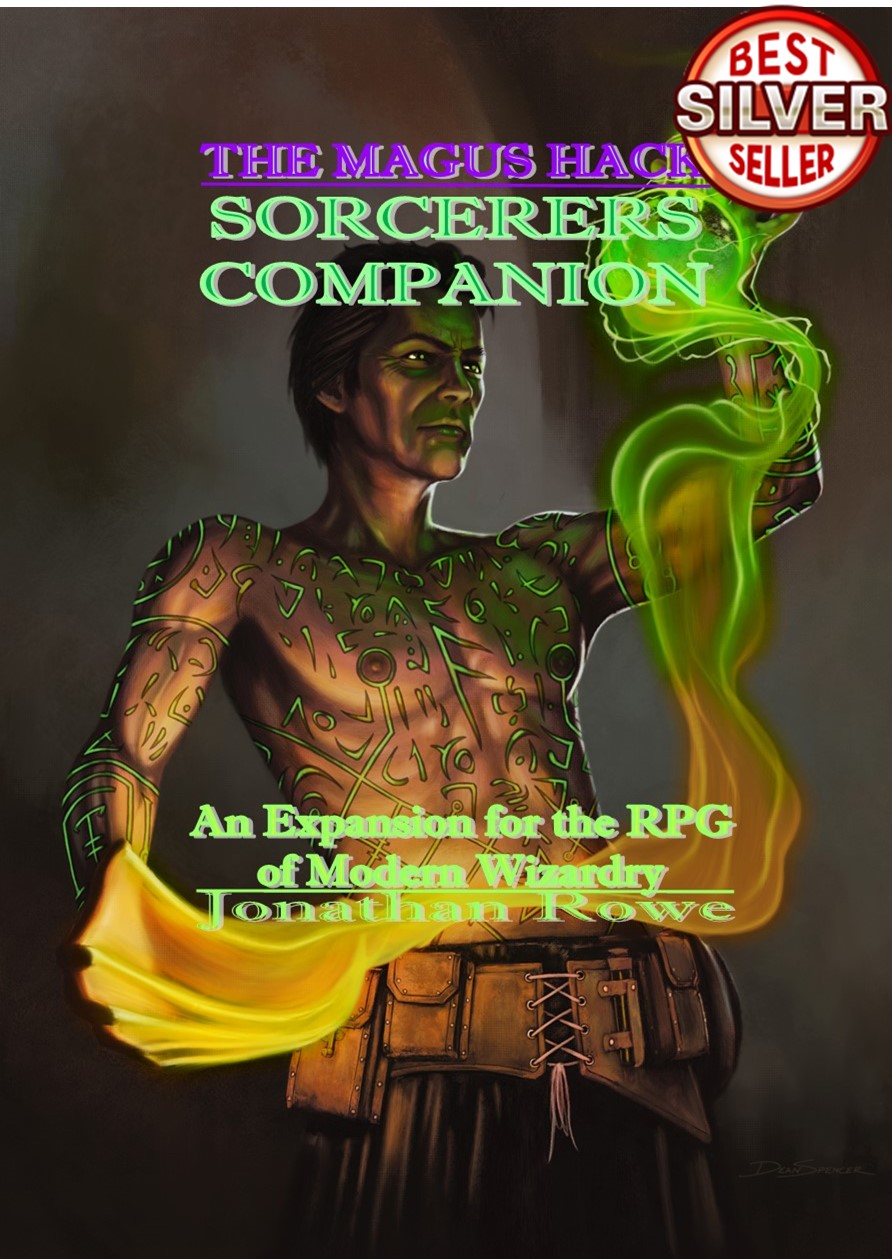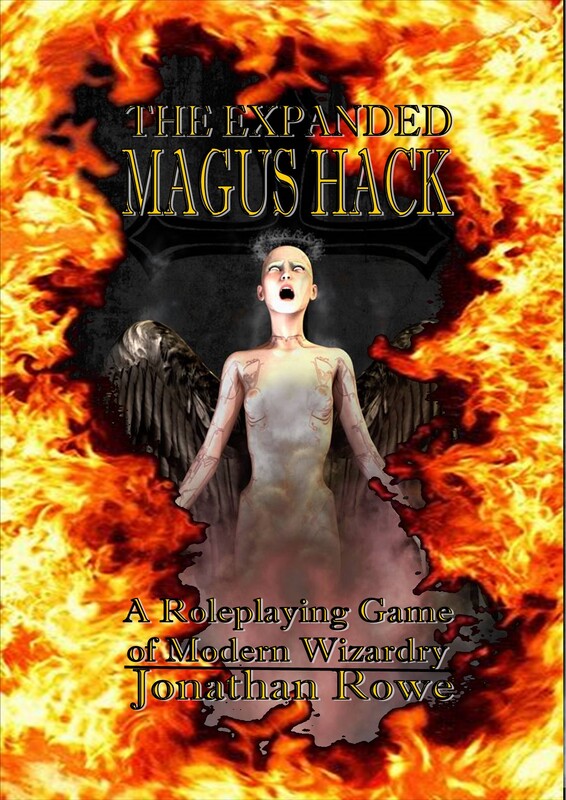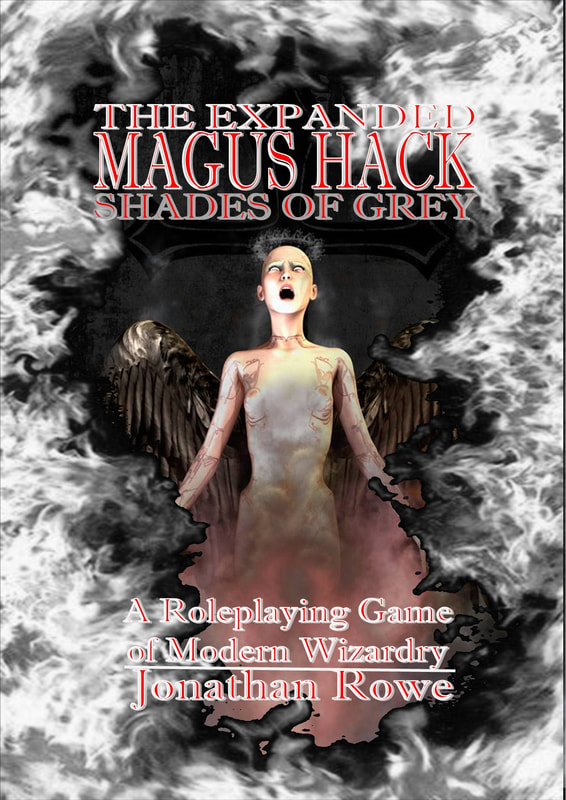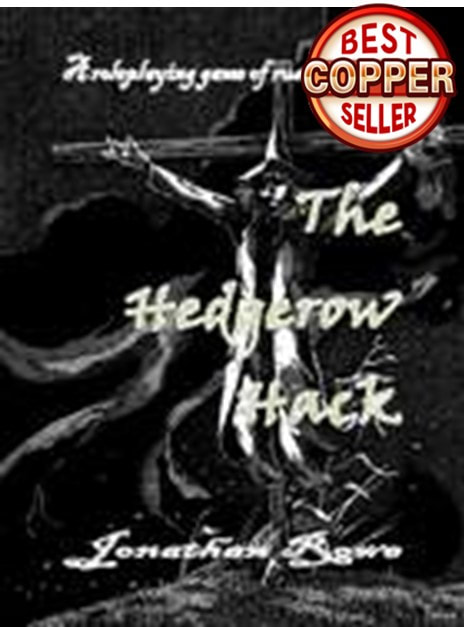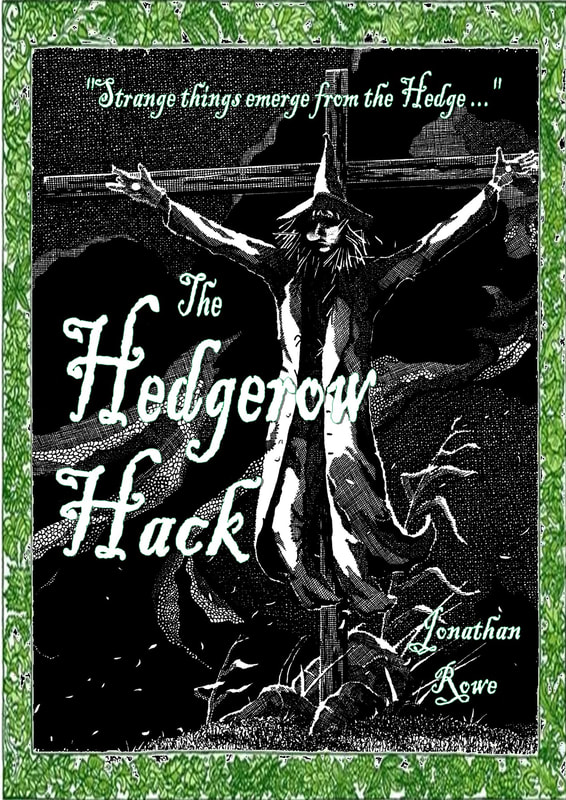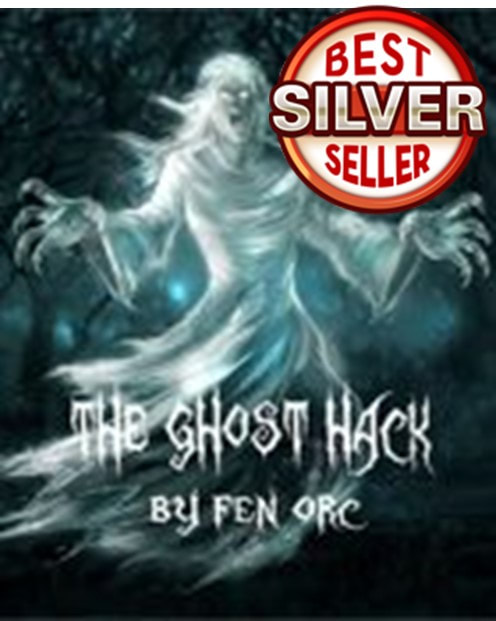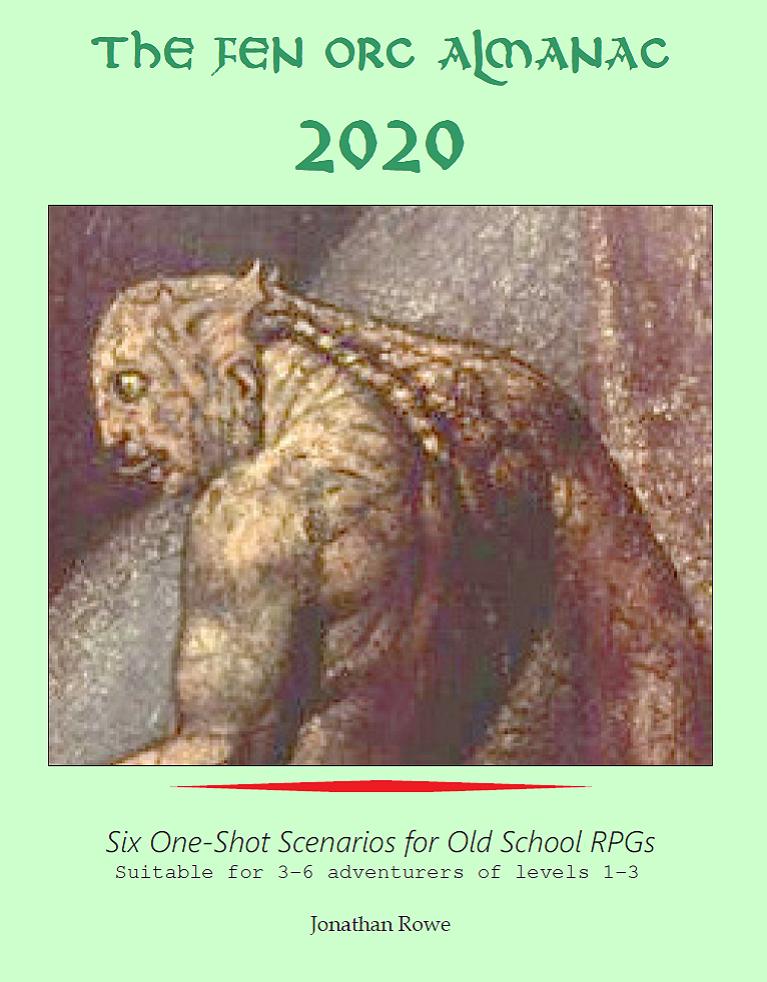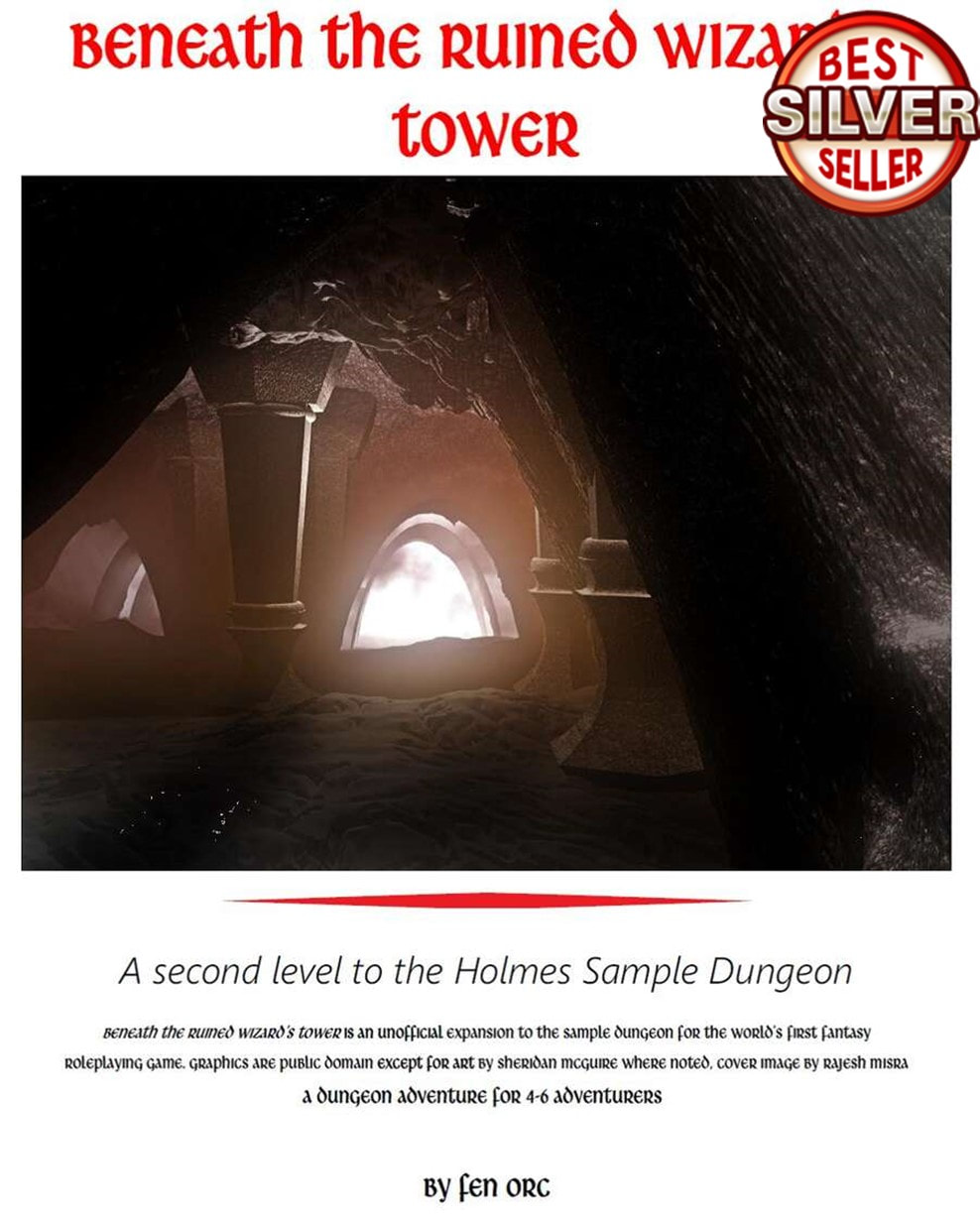|
I wrote about the Detective class and adapted it for White Box in a previous blog. But I'll cover it again here before suggesting a different way of adapting it for Dragonslayer. Marcus Rowland - a stalwart of the UK RPG scene - contributed the Detective class to White Dwarf 24 back in 1981. Marcus Rowland introduces the class in these terms: The detective is a new AD&D character class whose functions are the solving of mysteries and the restoration of Law. This rather nicely fits the Detective into the mythic world of D&D, especially the Law-versus-Chaos theme of early D&D. Rowland limits Detectives to being Human, Elven, or Half-Elven, but that seems weird to me, given the Elvish link to (albeit Good-aligned) Chaos. Halfings and Dwarves are far more likely to be mystical enforcers of Law, but I would allow Half-races to dabble with Detective work, if only to allow the possibility of a Half-Orc chewing a cigar and growling 'Just one more question!' in a bad Peter Falk impression. In the world of Dragonslayer, Detectives seem to fit well as a Cleric/Monk sub-class. Rowland's prerequisites cover all six abilities, which seems too strict. If we base them on Dragonslayer Monks, then Dex 12, Int 15, Wis 12 seems appropriate, with Intelligence and Dexterity as the prime requisites for experience bonuses. Ability Requirement: Dex 12, Int 15, Wis 12 Race & Level Limit: Human U, Half-Elf 6, Half-Orc 5 (or U, if Colombo-themed), Dwarf or Halfling 7 (or U if Hercule Poirot themed) Prime Requisite: Intelligence & Dexterity Hit Dice: d6 Starting Gold Pieces: 40-160 (4d4 x10) Detectives have an attack progression and save as Clerics/Monks. Rowland lets them use chain mail and shields, but I think the Thief restriction to studded leather fits better. Any one-handed weapon is allowed: I don't see why Detectives should not use "spears, lances, flaming oil, and poison" as Rowland proscribes. This table adapts Rowland's class, with progression slightly slower than Clerics at first, but getting faster at high levels. Spells kick in at 3rd level (rather than 4th as in the original).
+ 200,000 XP and +1 HP for each level after 10th. Spells follow the pattern of clerical spells from a level lower (i.e. 5/4/3/3 at 11th level, same as a 10th level cleric) Role: Detectives are secondary fighters and scouts. Weapons & Armour: Detectives may wear leather or studded armour. They may not uses shields or two-handed weapons (except bows). Language: Detectives learn an extra language at 2nd level and every level thereafter. These languages can include Thieves Cant and Ancient Common. Saving Throws: Detectives save at +2 versus charm or emotion-control (including fear) Thief Skills: Detectives can Hear Noise, Climb Walls, Find/Remove Traps, and Appraise as a Thief of the same level. Starting at 3rd level, they can Hide in Shadows, Pick Pockets, Move Silently, and Open Locks as a Thief two levels lower. They cannot backstab. Disguise: Detectives can Disguise themselves as an Assassin. Tracking: Detectives can Track opponents as a Ranger, but only in urban or underground environments. In urban environments they must have seen the target within 2 turns (20 minutes) of commencing tracking. Underground, the chance of Tracking is reduced by 10% every time the target uses a staircase or secret door and 25% every time there is a combat encounter. Sage: When Detectives reach 10th level, they become Sages: treat as the ability to cast Legend Lore but only from his or her study/library/laboratory. By tradition, there is only one 10th+ level Detective in a city; if another arrives, the two must engage in non-lethal competition and the loser either leaves or becomes a non-adventuring consultant. Spells: Detectives gain quasi-clerical spells at 3rd level with a focus on detection and mystery solving (plus some spells aiding in escape). Like clerics, Detectives may not memorise the same spell more than once per day without use of a magical item. I've adapted Marcus Rowland's spell list, drawing in some of the Dragonslayer spells, generally making the spells a bit more impressive and abolishing expensive material components. 1st Level Detective Spells Comprehend Languages - as the 1st level Magic-User spell Date Duration: 1 round Range: 10 feet Cast on evidence (e.g. a footprint, a bloodstain, a picked lock) this spell reveals how much time has elapsed since an event related to the evidence took place. Detect Charm - as the 2nd level Cleric spell Detect Evil - as the 1st level Cleric spell (may be reversed at will) Detect Enemies Duration: 1 Turn Range: 10 feet/level The caster senses the presence of creatures who have hostile intentions towards him or herself (but not creatures that are merely dangerous to all passersby, like dangerous animals or plants or mindless undead). Detect Illusion - as the 1st level Illusionist spell Detect Lie - as the 4th level Cleric spell but cannot be reversed Detect Pits & Snares - as the 1st level Druid spell Detect Secret Door Duration: 1 round/level Range: 30 feet The caster automatically spots secret doors or secret compartments for as long as the spell lasts (and the caster may move at combat speed while the spell is in effect). Escapology 1 Duration: 1 round Range: touch The caster or the person they touch is instantly freed from ropes or simple bindings. The spell has a verbal component so the caster m,ust be able to speak to cast it. Feign Death - as the 2nd level Cleric spell Grade Metals Duration: 1 round Range: touch The caster becomes aware of all the metals that an object is made up of and their relative proportions. This allows a Detective to use their Appraise power successfully on precious metals. It does not reveal whether metals are magical, but it will detect the presence of mithril. Know Alignment - as the 2nd level Cleric spell Snare - as the 3rd level Druid spell 2nd Level Detective Spells Detect Evasions - as Detect Lies, but reveals evasions and half-truths as well as outright lies Detect Invisibility - as the 1st level Illusionist spell Detect Magic - as the 1st level Cleric spell Escapology II - as Escapology I but also works on chains and metal fetters Locate Object - as the 3rd level Cleric spell Read Codes - this improved version of Comprehend Languages translates messages in code or cipher into something the caster understands Reflect The Past Duration: 1 round per level Range: special The caster enchants a mirror which reflects events happening in the past at its location (up to 1 hour ago per level of the caster). Demons, devils, and demi-gods might notice and react to observation by this spell. Speak With Animals - as the 1st level Druid spell Speak with Dead - as the 3rd level Cleric spell 3rd Level Detective Spells Escapology III - as Escapology I but allows escape from metal boxes, riveted manacles, or otherwise 'escape proof' captivity; it also releases the target from the clutches, gluey secretions, or tentacles of monsters that trap victims ESP - as the 2nd level Magic-User spell Forget - as the 2nd level Magic-User spell Knock - as the 2nd level Magic-User spell Speak With Plants - as the 4th level Cleric spell Suggestion - as the 3rd level Magic-User spell Truth Duration: 1 round/level Range: touch The person touched must respond to all questions with absolute truthfulness; this might require a roll to hit if the target is unwilling and not restrained and if the caster misses the spell is wasted. Only innately deceptive creatures (devils, some faerie beings, etc.) are allowed a saving throw. Ungag - as Escapology I but has no verbal components and causes a gag to fall from the caster's mouth, allowing the casting of further Escapology spells; it also frees the target from monsters which have choking/suffocating attacks Vision of the Past - as Reflect the Past but creates a 3-dimensional image in a cloud of smoke and reaches back 1 day per level. Water Breathing - as the 3rd level Druid spell 4th Level Detective Spells Escapology IV - as Escapology I but allows escape from magical prisons (such as a Maze spell) Find The Path - as the 6th level Cleric spell Maze - as the 5th level Illusionist spell, but the range is Touch and the target receives a saving throw Oracle of the Past - as Vision of the Past but reaches back one year per level of the caster; if the caster goes into a trance they receive a vision going back one century per level, but this reduces the Detective to 1d4 HP when they awaken and wipes all other spells from the mind. Polymorph Self - as the 4th level Magic-User spell Read Divine Magic - as the 1st level Cleric spell Speak With Monsters - as the 6th level Cleric spell Stone Tell - as the 6th level Cleric spell True Sight - as the 5th level Cleric spell
1 Comment
The last blog outlined a plan to launch into Greg Gillespie's epic Barrowmaze megadungeon, but using the rules for '90s indie RPG Forge: Out of Chaos. Warning: Minor spoilers for Barrowmaze content ahead The Dungeon FodderForge character creation is a bit more involved than D&D, but not too much so. There are six Stats on 2d6 and each has a decimal value as well, rolled on a d10. Anything between 4.5 and 8.9 is in the 'normal, no modifier' range. My players excel at rolling really badly at Stats. Fortunately, skills and races will offset bad rolls slightly.
We wanted to avoid the 'psychotic gorilla' tropes about Ghantu, so Ng-Johnann is a landowner. He lives in a dilapidated mansion near Helix and owns the Stone Circle. In my twist on BM's setting, this site is sacred to Grom, the damned war god and creator of Ghantu and other monsterfolk. Grom's religion has been suppressed by the new Church of Enigwa in Helix and Ng-Johann has fallen on hard times. Adventuring might pay to repair his leaking roof (1000gp). By the way, the Ng-prefix is a Ghantu honorific, like 'Mister' or 'Sir.' I'm interested in whether the Ghantu cognitive deficit will play out like autism (a la Drax the Destroyer) rather than antisocial personality disorder. I want to emphasise the distrust and fear the Ghantu inspires in Helix, but also the respect from people who still venerate Grom or respect the strength he provides.
We decided to play Jher-em as Edwardian English gentlemen, like something from Wind in the Willows or Jeeves and Wooster, but with their distinctive phlegmy wheeze. "What-ho, cousin!" is their usual greeting, as well as "Tip-top, old chap!" and "Tally-ho!" The important NPC Ollis Blackfell has been recast as Jher-em as well as the mage Wiselaumas from Bertrand's Brigands. These conversations make for some merry interplay. I like to imagine that the Jher-em engage in banal pleasantries and conversation about the weather precisely because they are telepathic, so focusing on polite trivia is the best way of keeping other Jher-em out of your head!
I'm playing Kithsara as immensely cultured and rather cerebral creatures, but Tshu'a is in conflict between the civilised behaviours he learned in servitude and the barbaric impulses from his upbringing in the swamp. He also has to keep his magical talents hidden from the Church of Enigwa. It's been a long time since they burned a wizard, but if they start up again with anyone, it'll be someone like Tshu'a. Session One - First Foray to Find a Fallen PrinceThe town crier announces that young Krothos Ironguard hasn't returned yet from a foray into Barrowmaze. Ollis Blackfell wants to downplay the seriousness of the situation since the young prince often takes off with his friends to hunt or debauch. Nevertheless, a reward of 250gp is offered for his quick and safe return. The only other adventuring party in town is Bertrand's Brigands and they're nursing wounds after a run-in with Renata's Robbers at the Old Bridge. Our heroes meet up at the Brazen Strumpet and decide to beat the rush by hiking out to the Barrowmoor first thing in the morning. After a bit of mound-mapping, the heroes find the Great Barrow, but icy mists close around them and out of the murk stumble two undead warriors. Tshu'a strikes down one, but it reassembles itself instantly wherepon the other seizes the panicking Ghantu by the throat. Yes, these are Coffer Corpses, ported across from the old AD&D Fiend Folio. Not only do they throttle and terrify, but they also need magic to kill, so they're just about the worst thing that the daylight wandering monster table could throw out. Tshu'a uses his Ice Bolt spell to free Johann, who abandons his two-handed sword and flees. A second Ice Bolt demolishes the first undead, but the second corpse advances and Tshu'a is out of spell points. Everyone flees into the Great Barrow: Johann falls down the pit and knocks himself out and the other two hide from the prowling undead before descending to help the Ghantu recover with binding kits and healing roots. This was an electrifying start: full of eerie menace, then horror and the threat of Total Party Kill. The heroes are left at the gateway to Barrowmaze without spell power and resources depleted. After this brush with death, the party become super-careful and cautious. They map corridors and get their bearings before trying other doors. They set off a trap, loot some alcoves and hide when more wandering monsters pass by. They venture quite deep into Barrowmaze and find a magic weapon - hallelujah! - and when some Zombies march up they run away - right into the maw of a Mevoshk. A Mevoshk is a Forge monster I substituted for a comparable enemy in the dungeon. Mevoshks are fast and their venom paralyses; you suffocate within ten minutes unless a Brye Leaf is applied to the wound. Odwood is bitten immediately and starts to succumb to the venom. Another TPK looms, but Tshu'a pulls out the Vigoshian Herb he bought in town. It gives a temporary boost of Spell Points, but a permanent drain on your Intellect Stat. Tshu'a uses the SPTS to fuel Ice Bolts and then Johann chops the thing's head off with his big sword. The fight was observed by a band of hideous Mongrelmen who rejoice in the Mevoshk's death. Though paralysed, Odwood communicates telepathically with them. They want to retrieve their jewels from the monster's hoard, but offer Brye Leafs to save Odwood's life and they hand over some nice (but not the best) gems in gratitude for slaying the monster before they scuttle off. Did I fudge this? Well, yes and no. There was a successful wandering monster check from the noise of the fight, but I selected Mongrelmen as the encounter. The idea that the Mevoshk had been preying on them had been foreshadowed by tracks the players had been puzzling over. The exchange of a Brye Leaf for a small fortune in jewels seems like a good deal for the NPCs. No jury of my peers would convict me! The players decide to beat a retreat, but the Zombies are still blocking the way out. Tshu'a decides to burn those remaining SPTS on his Big Second Level Spell: Spark Shower. And boy, does that make a difference or what! The Zombies frazzle and the players escape ... but alas, no sign of Krothos Ironguard. Evaluating BarrowmazeEveryone was thrilled with this old school dungeon crawl and his keen to return! The Barrowmaze itself is intensely atmospheric: silent, dripping, cold, eerie. There's a tempo to things, with very frequent wandering monster checks and extra ones occasioned by any sort of noise. The players are pondering how opening doors can be made, if not quieter, then at least quicker. The dread of making noise grew as the evening advanced. So did the dread of staying too long in Barrowmaze and being caught on the Moors after sunset. After all, if you can meet Coffer Corpses in broad daylight, what abominations will you run into by night?!? Helix will take longer to make an impression, but some features established themselves as distinctive: the town crier, the expectation that adventuring parties will descend on the village as the Spring arrives, Ollis Blackfell as a sinister vizier, Bertrand's Brigands as (friendly, for now) rivals. The Forge setting manifested itself as the Church of Enigwa spying on people for signs of magic use. Evaluating ForgeThe players were delighted with the energy Forge brought to the tired tropes of dungeoncrawling. Forge has an action economy rather different from D&D/Labyrinth Lord. PCs are tougher, more resilient and more capable that 1st level D&D characters. There are resources to track and decisions to make about their use: do you apply binding kits to wounds? when is a good time to stop and repair armour? should you push your luck by using enhancing herbs? should you conserve your SPTS or burn them in a dramatic burst of eldritch power? In terms of character development, Forge doesn't have XP. Your main advancement is through getting money to improve armour and equipment, better herbs, more binding kits; mages need spell components or back-ups in case they risk 'pumping' their spells and it goes a bit wrong. Nonetheless, we realised that skill advancement is going to be painfully slow at this rate. This led to ongoing house rule tweaks. There's nothing wrong with Forge's slow advancement, but the characters do need to keep pace with D&D characters if they are not to be overwhelmed deeper into the dungeon. Essentially, beginning Forge characters function like 2nd level D&D characters in terms of resilience and combat odds - but they gain much less as they advance and advancement is slow. A Forge PC with Magic at level 2 is maybe equivalent to a 3rd or 4th level MU in D&D. A warrior with Long Sword 3 hasn't significantly advanced from their starting build, whereas in D&D a 3rd level Fighter is markedly better. What's interesting about this for me is that, where Forge gets noticed at all, reviewers like to condemn it as a D&D pastiche that brings nothing new to the dungeoncrawling experience (for example, here on BGG). Our experience so far is that this isn't true. Forge's little innovations add up to a gaming experience that feels very different from D&D. We'll iron out the creases as we go. But for now, we're delighted with the drama, mysteries and sense of dank, chill menace that Barrowmaze exudes and Forge is measuring up very well as an alternative rules set to old school D&D.
A challenge has been laid down! We're going to delve into Barrowmaze. But we're not using AD&D or Labyrinth Lord or even sleek little White Box FMAG, oh no. No, we're going to use our beloved fantasy heartbreaker Forge: Out of Chaos (see blogs passim, or here). Very minor spoilers ahead for the village setting in the Barrowmaze adventure. Wait - what? Barrowmaze?Barrowmaze is a megadungeon, published in 2011 by Greg Gillespie, who has built a career out of designing, publishing and running college courses on these vast dungeons. With over 600 detailed rooms, the Barrowmaze dungeon is designed to be the sort of thing you walk into as 1st level noobs and walk (or crawl) out of again, months or even years later, as high level heroes. It's an entire campaign in one dungeon complex, plus its equally well detailed environs. Modern cover and charming old school monochrome cover. The links are to Labyrinth Lord (OSR) editions but there are 5th ed D&D versions as well. Barrowmaze has an interesting structure, because it doesn't descend deeper into the earth through levels of increasing toughness, hostility and reward. Instead, the vast underground complex sits below a surface level Barrowmoor where the landscape is dotted with 70 barrow mounds. Each of these is a stand-alone mini or micro dungeon and a half dozen of them are access points for the Barrowmaze below. As you travel further into the Moor, the barrows get nastier and more lucrative to raid and the Maze below features more awesome monsters and treasures. In theory it's possible for lucky and reckless novice adventurers to proceed directly to the further extent of the Moor and discover an access point to the most perilous part of the Maze, where the Big Bad Evil Guy(s) are waiting. But we won't be doing that now, will we guys. Guys? So, seriously ... Forge?If you've followed this blog, you'll have come across my advocacy of this late-'90s indie RPG before. It's part of a stable of indie products that emerged in the dark days before Print On Demand and which collectively represented a sort of proto-OSR movement, celebrating dungeon bashing even as the hobby was moving in moody, exotic and cerebral directions in the wake of games like Vampire: The Masquerade and D&D projects like Planescape. Forge can be criticised for being derivative of D&D in the areas where it isn't innovating. But that's a good thing if it means that Forge's combat system, magic and adventuring assumptions map quite nicely onto the 1st Edition D&D/Labyrinth Lord rules undergirding Barrowmaze. I've even got a Forge/D&D monster converter on this website. Where Forge does diverge from D&D is in its setting: a world where the gods are all dead or exiled, there are only two types of 'cleric' and there are several unusual options for PC races (or is it species? well, you know what I mean!). Forge gives us fairly conventional Elves and Dwarves and its Sprites are essentially Halflings with magical empathy powers. Gigantic one-eyed Ghantu and pig-faced Higmoni fill the orc/half-orc slot. Berserkers are goliaths (but Forge predates their appearance in 3.5ed D&D). Next up, the oddballs. The sun-fearing albino Dunnar have innate magic detection, but look creepy and shuffle awkwardly. Then there are the animal-inspired lineages. The weasel Jher-em have prehensile tails and terrible asthma. The scaly Kithsara are innately magical. Bird-person Merikii are ambidextrous but, alas, cannot fly. Adapting the Setting: HelixHelix is the village on the edge of Barrowmoor that is the jumping off point for adventurers. Its name is odd, but probably suits the vaguely SF Forge better than the trad fantasy D&D. Author Greg Gillespie is very fond of exploring religious allegiances and conflicts in his settings, notably between the New Gods of civilisation and the Old Gods of the wilderness and the earth. An important deity is Nergal, the death god murdered by his demonic sons and whose cult built the vast funerary complex of Barrowmaze. Helix has a new shrine to St Ygg, one of the civilised gods of light and law, but many locals still venerate Herne the wilderness god at a nearby stone circle. Forge also has a 'dead' death god - Necros - and two more gods who are literally in Hell, but all the other gods have been banished by the wrathful (but strangely distracted) supreme being Enigwa. I've got a detailed analysis of Forge's unusual mythopoesis here. It's straightforward to treat Nergal as Necros, which makes the Barrowmaze a site that pre-dates the God's War, from a time before Necros turned to utter villainy. St Ygg has clear corollary with Forge's Berethenu, the god of Law and Justice with magical healing magic and a mission to exterminate Undead - who is currently burning in Hell. But it might be more interesting to link St Ygg instead with the worship of Enigwa the Supreme Being. Enigwa's religion could best be described as Deism: the belief in an all-powerful and moral creator who does not answer prayers, grant revelations or intervene in the world he has made. In Forge's world, this sort of religion would promote Humanism, education, self-reliance and philanthropy. We know that Enigwa forbade teaching magic to mortals; author Mark Kibbe's other books describe the Church of Enigwa persecuting mages. This makes sense if the Church of Enigwa is promoting science, reason and community enterprise over superstition, magic and individual glory. A very worthy religion indeed and one you could imagine running a small school and infirmary in Helix. No healing magic from Brother Othar and his acolytes though - but presumably high levels of medical expertise. Who or what then is being worshipped over at the stone circle three miles outside town? It makes sense that Grom the (also Hell-bound) war god might have been someone the villagers turned to for defence before the Church of Enigwa turned up. Perhaps Brother Othar drove out the Grom Warriors who lorded it over this place, but villagers are still inclined to call on Grom when some undead horror shambles out of Barrowmoor. Education and Humanism are lovely things, but sometimes you need a sword reeking of hot blood. In a setting like this, virtuous Berethenu Knights must keep a low profile and perform their healing magic discretely. Valeron the Elf is likely to be such a one. Perhaps the Church of Enigwa looks the other way if Berethenu Knights donate their charitable tithes to the local school and infirmary. But if a Pagan Mage draws attention to herself with public magic use, Brother Othar will petition Lord Ironguard have that Pagan fined, put in the stocks or even gaoled in Ironguard Motte. Actually, he'll petition the Jher-em vizier Ollis Blackfell (why make him Jher-em? well Ollis is described as "a weasel-looking fellow"). I think I'll turn the local magic-user Mazzahs the Magnificent into a Kithsara Enchanter. My take on these lizardfolk is that their cold bloodedness makes them philosophical and scholarly by nature. Mazzahs teaches occasional classes at the school in return for being left alone to practise Enchantment - but he can't afford to advertise his magic too loudly. That will do for now. I'll post up session reports for the exploration of Barrowmaze and also how Forge fares as a surrogate rules set for this sort of mega dungeon bashing.
|
30 Minute Dungeons
Essays on Forge
FORGE Reviews
OSR REVIEWS
White Box
THROUGH THE Hedgerow
Fen Orc
I'm a teacher and a writer and I love board games and RPGs. I got into D&D back in the '70s with Eric Holmes' 'Blue Book' set and I've started writing my own OSR-inspired games - as well as fantasy and supernatural fiction.. Archives
July 2024
Categories
All
|

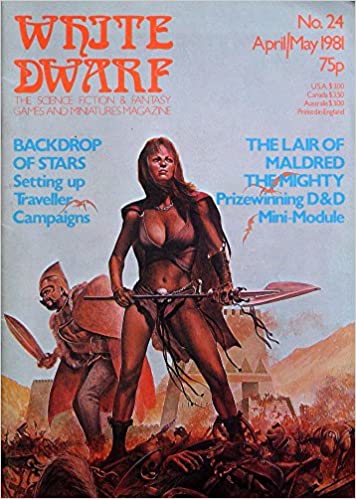
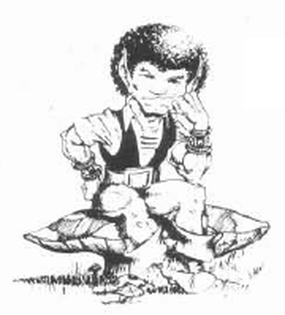
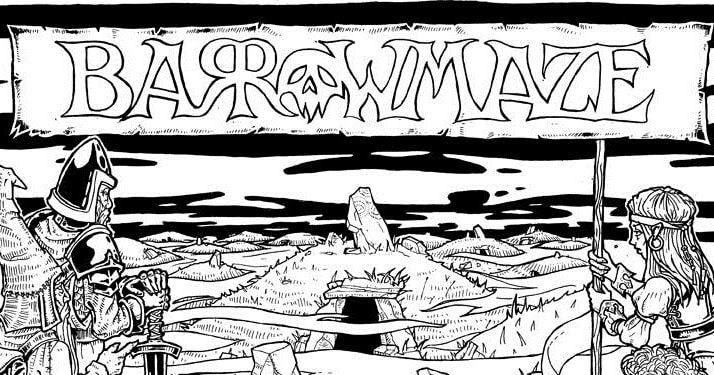
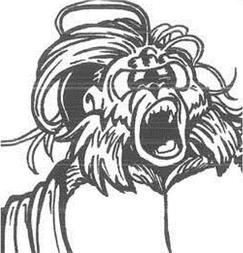
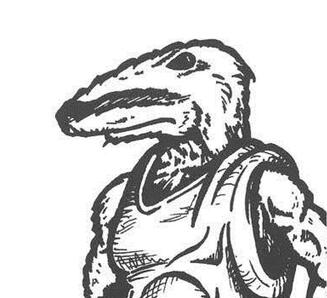
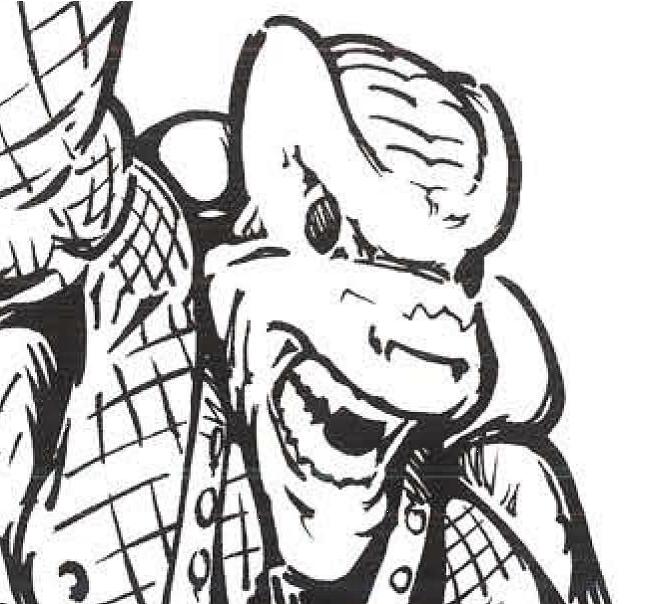
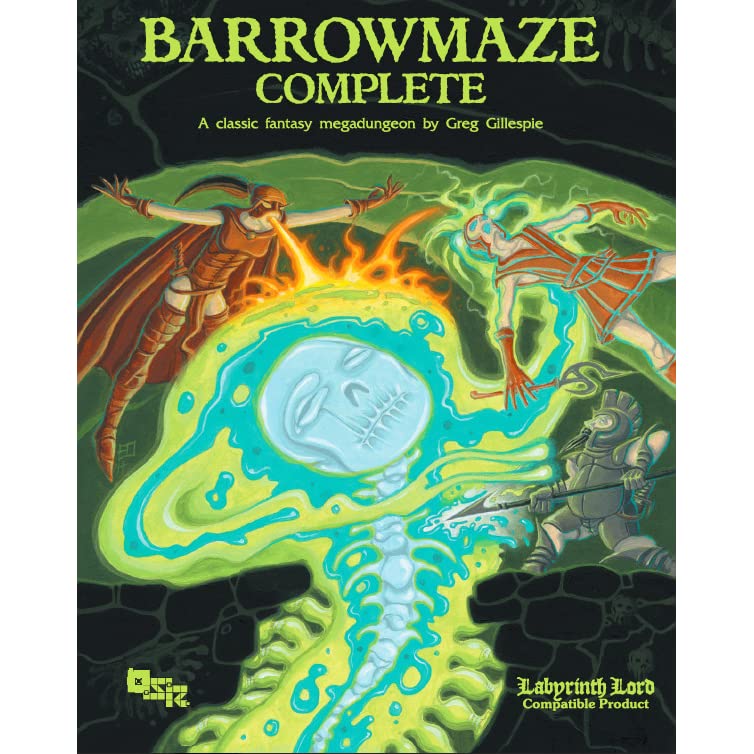
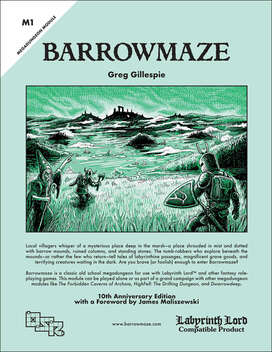
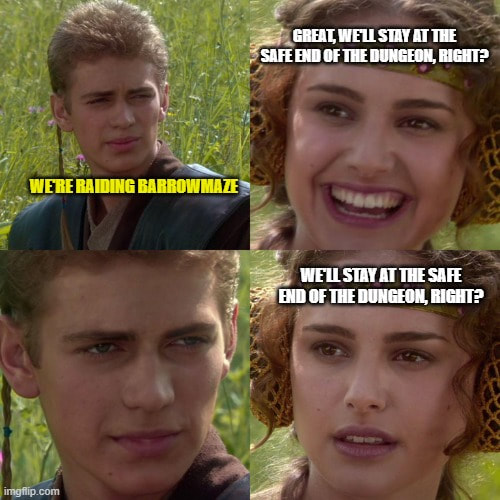

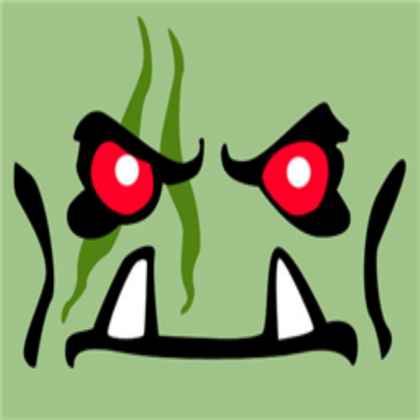
 RSS Feed
RSS Feed
